Imagine stepping out into your backyard and being greeted by a lush, thriving oasis, even when the weather outside is less than ideal. A DIY greenhouse can turn this dream into reality, offering both novice and seasoned gardeners the chance to extend their growing season and nurture plants in a controlled environment. Whether you’re hoping to start seedlings early, protect delicate plants from frost, or simply cultivate a wider variety of crops, building your own greenhouse can be an immensely rewarding project.
Creating a greenhouse might sound like a daunting task at first, but with the right guidance, it becomes a manageable and exciting venture. In this article, we will walk you through every step you need to build your very own greenhouse, from choosing the perfect location and materials to understanding the essential features that will suit your gardening needs. You’ll learn practical tips and tricks that make the process not only achievable but also enjoyable, whether you’re working with a small backyard or a sprawling garden space. Get ready to dig in and discover how a DIY greenhouse can transform your gardening experience, bringing vitality to your plants and joy to your green thumb.
Select an Ideal Location
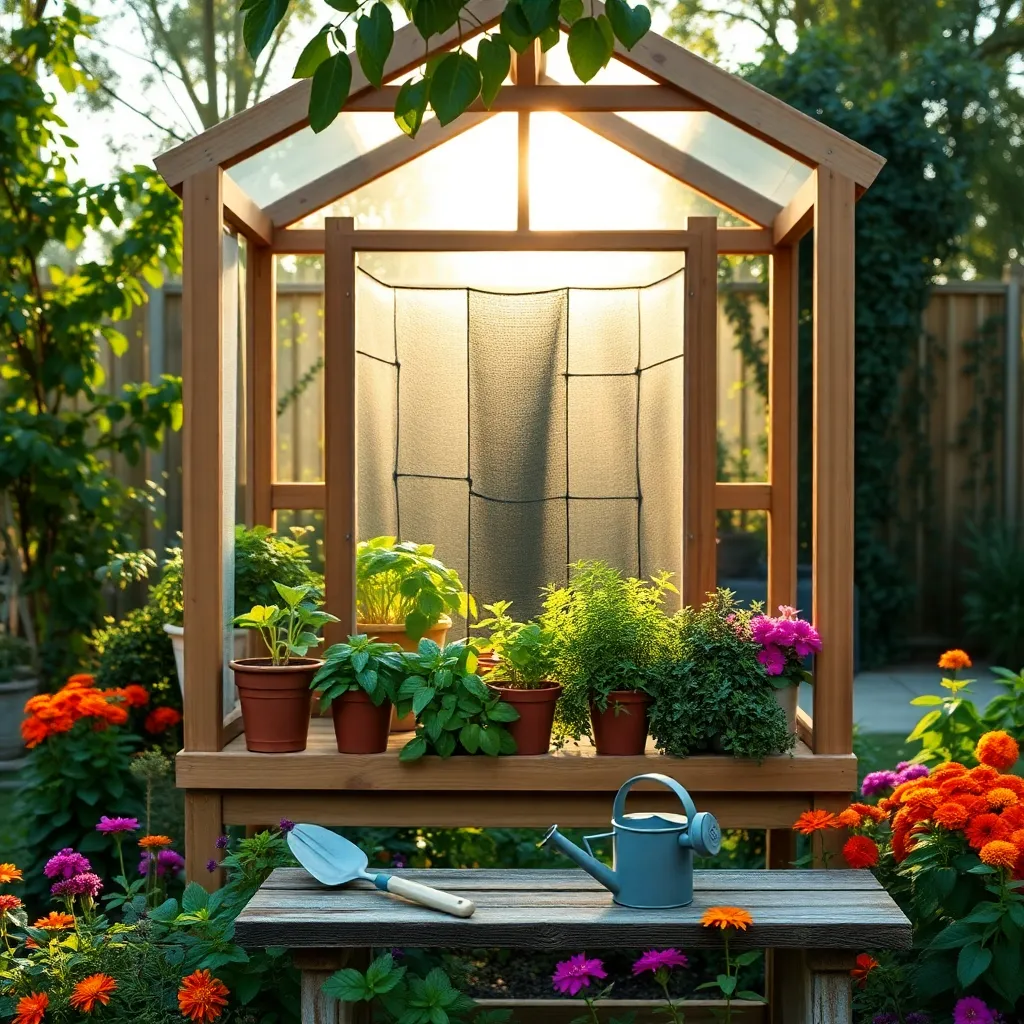
Choosing the right location for your DIY greenhouse is crucial for its success. Begin by finding a spot that receives at least six hours of direct sunlight daily, as most plants thrive with ample light.
Consider the direction of the sun when selecting your site. A greenhouse oriented with its long side facing east-west will maximize sunlight exposure throughout the day.
Ensure the area is free from any obstructions that may cast shadows, such as large trees or buildings. This will help maintain consistent temperatures inside the greenhouse, which is vital for healthy plant growth.
If you’re in a region with strong winds, think about installing windbreaks like fences or hedges. These barriers can protect the greenhouse structure and maintain a more stable internal environment for your plants.
Gather Essential Materials
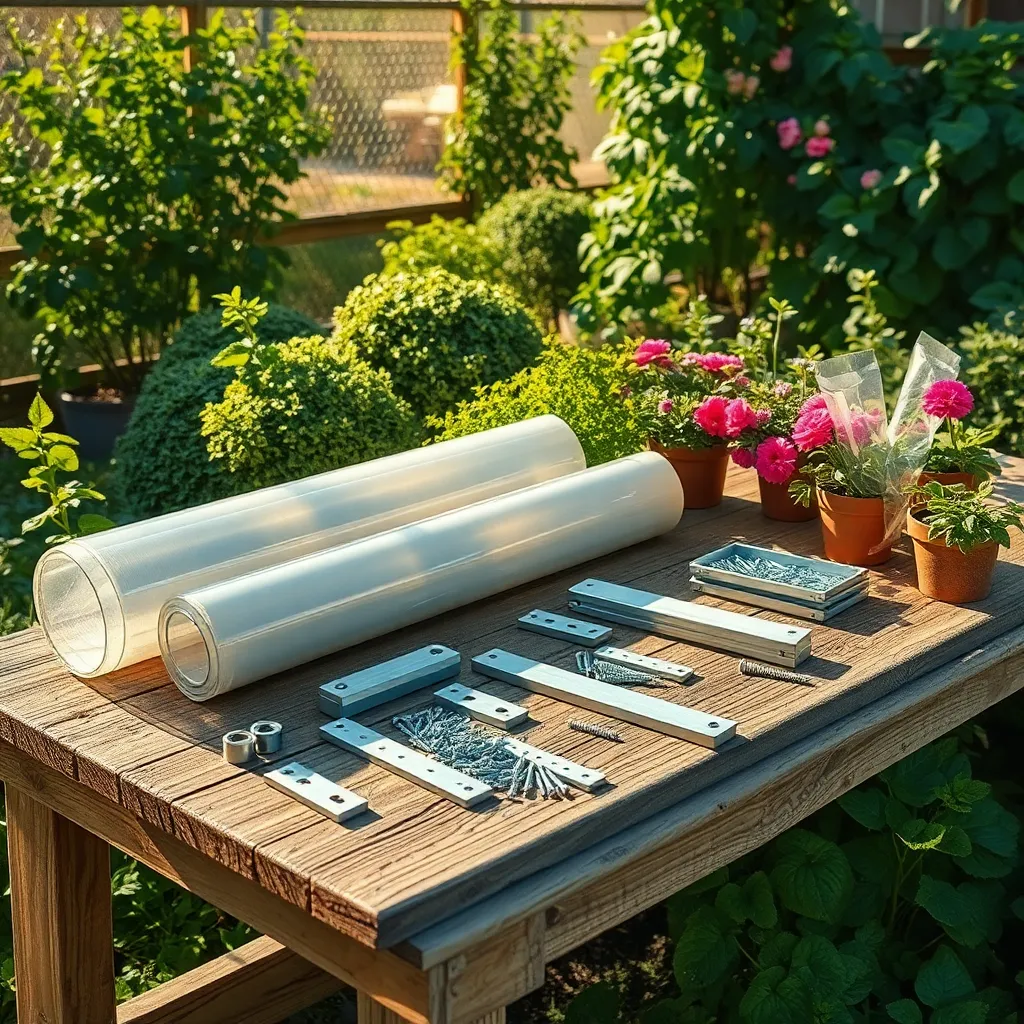
Before diving into building your DIY greenhouse, gather all the essential materials to ensure a smooth construction process. Start by acquiring sturdy frames, such as pressure-treated wood or metal pipes, which provide a solid structure to withstand various weather conditions.
Selecting the right covering material is crucial for effective insulation and light penetration. Polyethylene sheeting is a popular choice for its affordability and ease of installation, while polycarbonate panels offer superior durability and UV protection.
Alongside structural materials, consider the internal environment by acquiring thermometers and hygrometers to monitor temperature and humidity. These tools will help you adjust conditions to suit the specific needs of your plants, allowing them to thrive throughout the year.
Ensure you have a reliable irrigation system in place, such as a drip irrigation setup, to maintain consistent soil moisture levels. Automatic timers can be a great addition for advanced gardeners, helping to automate watering schedules and reduce manual labor.
Construct the Greenhouse Frame
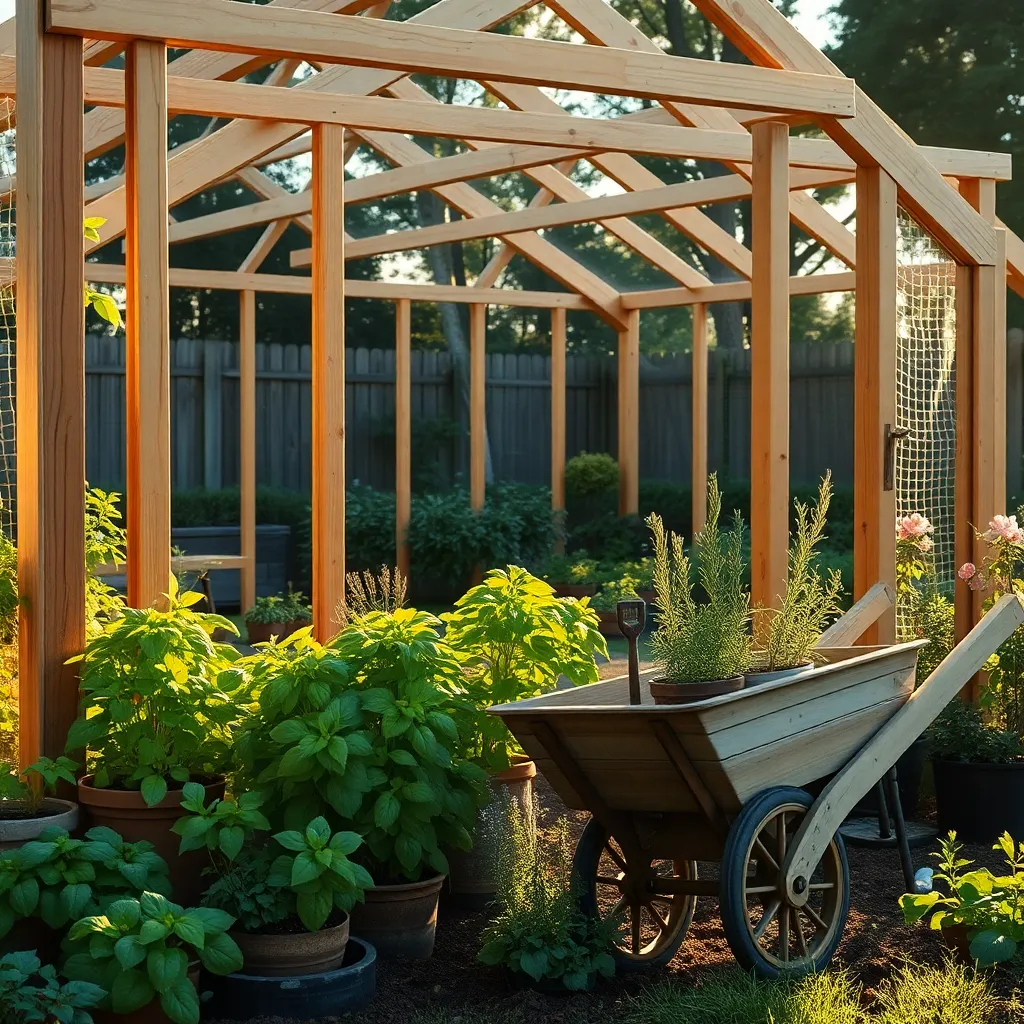
Now that you have gathered your materials, it’s time to assemble the greenhouse frame. This foundational step is crucial for the stability and durability of your structure, ensuring your plants have a reliable shelter.
Begin by selecting a level site for your greenhouse to ensure even weight distribution. A flat surface will not only make construction easier but also aid in consistent water drainage, which is essential for maintaining a healthy growing environment.
Use pressure-treated wood or metal pipes for your frame to withstand weather conditions and last for years. Wood is often easier to work with for beginners, while metal provides a more robust structure ideal for larger greenhouses.
Assemble the base of your frame first, ensuring it is square by measuring diagonally across corners. Securing the base firmly with anchors or stakes will prevent shifting over time, especially in areas prone to high winds.
If constructing a wooden frame, consider pre-drilling holes to avoid wood splitting. For advanced gardeners, adding cross braces can provide additional support, enhancing the greenhouse’s resilience against elements.
Install Transparent Covering
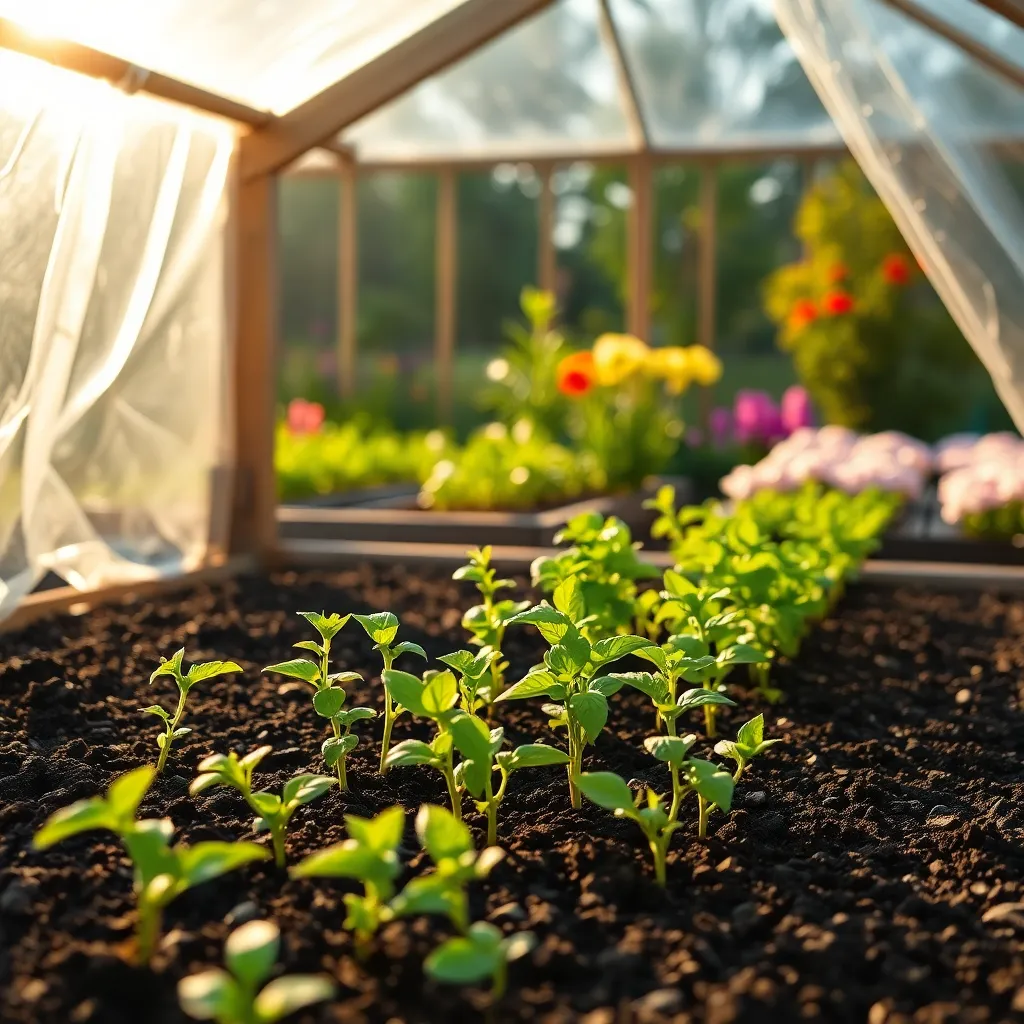
Once your greenhouse frame is complete, it’s time to install the transparent covering, which is crucial for maintaining the right environment for your plants. Polyethylene film is a popular choice due to its affordability and ease of installation, making it suitable for most beginners.
Cut the polyethylene film to fit your frame, leaving an extra foot on each side to allow for adjustments. Secure the film using staples or specialized clips to ensure it stays taut and withstands wind and weather.
For a more durable option, consider using polycarbonate panels, which offer better insulation and can last for up to ten years. These panels are ideal for gardeners in colder climates or those looking to grow plants year-round.
Ensure the covering is tight to prevent heat loss and provide adequate insulation. This will help maintain a consistent temperature inside the greenhouse, which is vital for optimal plant growth.
Once installed, regularly check your covering for any tears or wear, especially after storms or harsh weather. Quick repairs will help maintain the greenhouse’s efficiency and protect your plants from adverse conditions.
Set Up Ventilation System
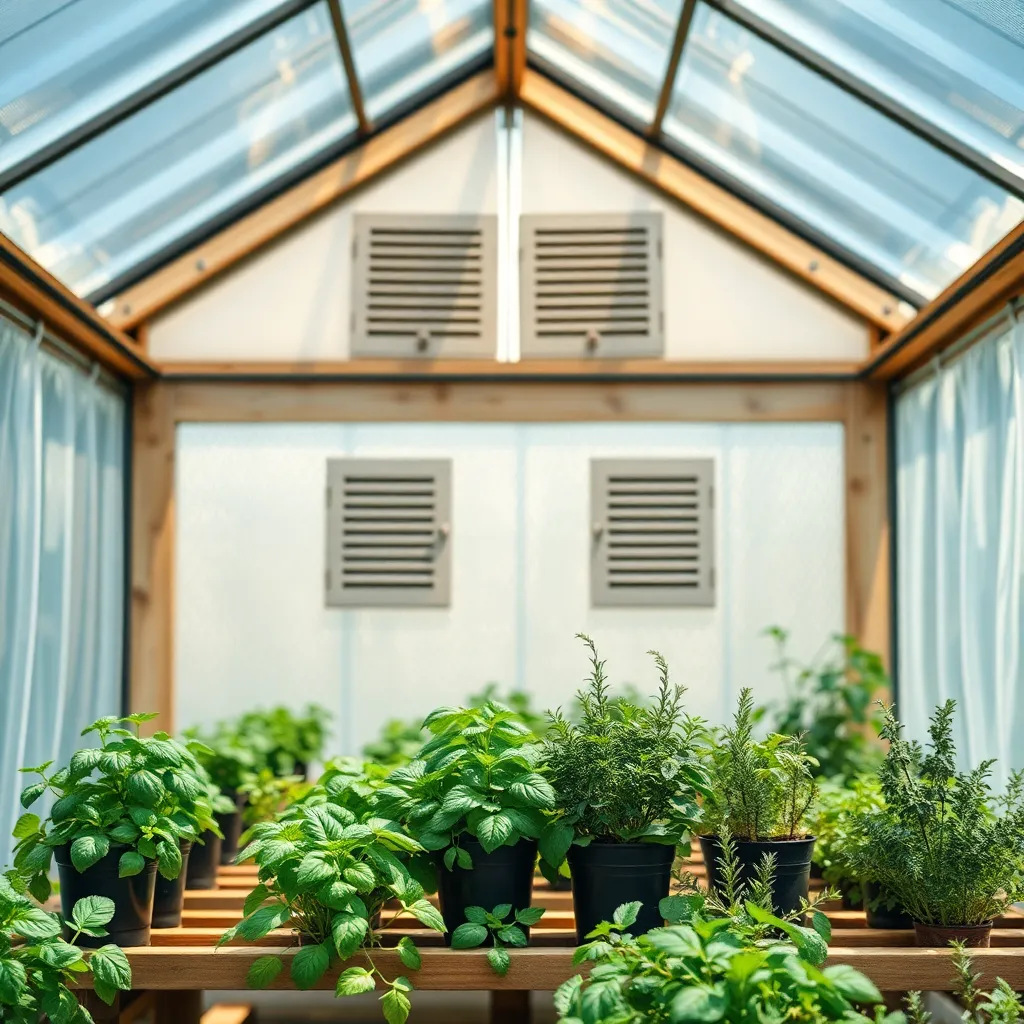
Setting up a ventilation system in your DIY greenhouse is essential for maintaining optimal plant health. Without proper ventilation, heat and humidity can build up, creating an environment conducive to pests and diseases.
To begin, ensure that your greenhouse has openings such as windows or vents that can be adjusted. These should be placed strategically to allow for cross-ventilation, which is crucial for keeping air circulating.
Install a fan if natural ventilation isn’t sufficient, especially during the hotter months. An oscillating fan can help move stagnant air and prevent mold growth on plants by reducing humidity levels.
Consider investing in a thermostatically controlled vent opener to automate the process of regulating temperature. This device will open and close the vents based on the temperature inside the greenhouse, ensuring your plants stay comfortable without constant manual adjustment.
For those looking to optimize their setup, include a system to monitor humidity levels. A simple hygrometer can alert you to changes in humidity so you can adjust your ventilation system accordingly to maintain a consistent environment.
Conclusion: Growing Success with These Plants
As we wrap up our journey through ‘How to Make Your Own DIY Greenhouse,’ let’s revisit the five key relationship concepts we’ve explored. First, we discussed the importance of nurturing your relationship just like you would delicate seedlings—through patience and consistent care. Next, we highlighted the value of communication, akin to maintaining optimal conditions for growth. Third, we delved into trust, the sturdy frame that supports everything else. Fourth, we focused on adaptability, similar to adjusting the greenhouse environment to meet changing needs. Finally, we touched on shared goals, the harvest you both look forward to enjoying.
Now, take a moment to choose one of these concepts and discuss with your partner how you can incorporate it into your relationship today. Consider this your actionable next step towards strengthening your bond.
Remember to save or bookmark this article as a handy reference. These insights will be valuable as you continue to cultivate a flourishing partnership. Looking forward, by embracing these principles, you’re well on your way to a relationship that thrives and blossoms. Your future together is as promising as the garden you’ve built. Keep nurturing, and watch love grow.

